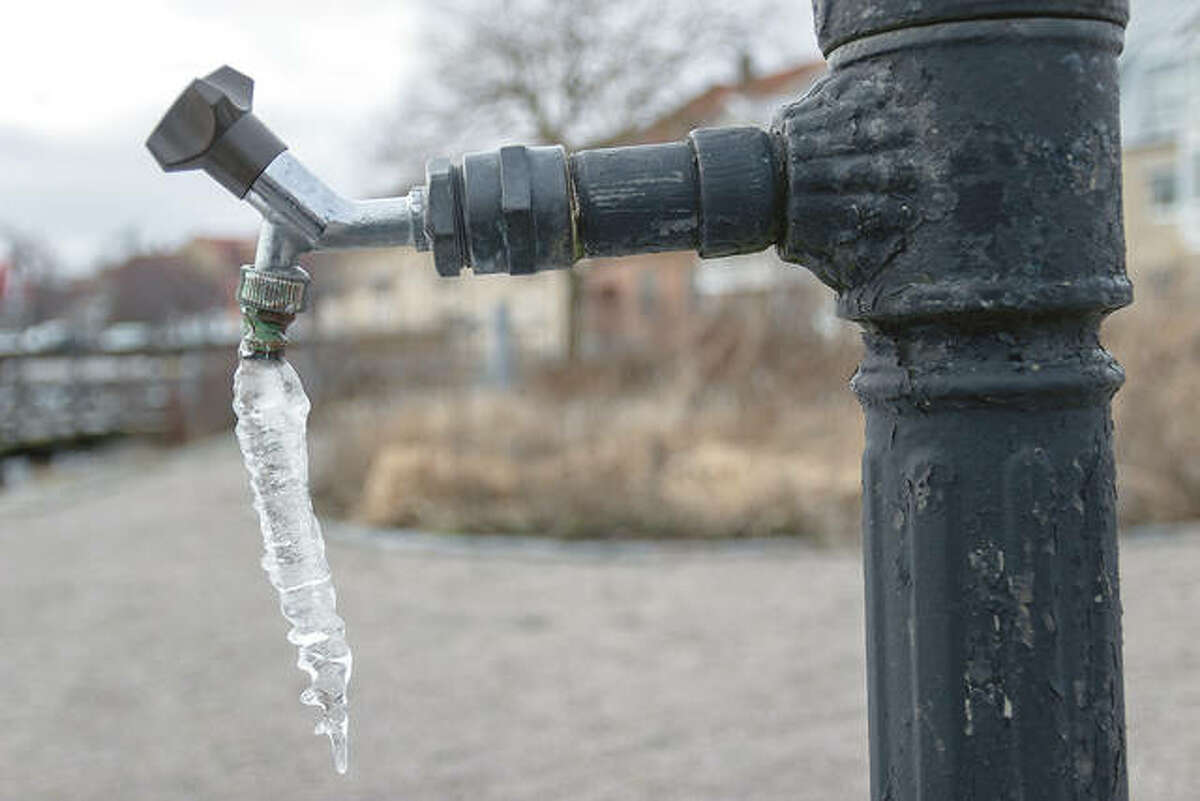Avoiding Frozen Plumbing in Winter: Professional Advice
Avoiding Frozen Plumbing in Winter: Professional Advice
Blog Article
Do you find yourself trying to locate selective information involving How to prepare your home plumbing for winter weather?

Cold weather can ruin your pipes, especially by freezing pipes. Right here's just how to prevent it from happening and what to do if it does.
Introduction
As temperature levels drop, the danger of frozen pipes boosts, possibly resulting in pricey repairs and water damage. Comprehending just how to avoid icy pipelines is essential for house owners in chilly climates.
Avoidance Tips
Shielding at risk pipelines
Cover pipelines in insulation sleeves or make use of warmth tape to secure them from freezing temperature levels. Focus on pipelines in unheated or external locations of the home.
Home heating methods
Keep indoor areas sufficiently heated, specifically areas with plumbing. Open up closet doors to permit warm air to circulate around pipelines under sinks.
Just how to determine frozen pipelines
Try to find decreased water circulation from taps, unusual smells or noises from pipelines, and visible frost on revealed pipes.
Long-Term Solutions
Structural modifications
Consider rerouting pipes far from exterior wall surfaces or unheated locations. Add added insulation to attics, cellars, and crawl spaces.
Updating insulation
Invest in high-grade insulation for pipes, attics, and wall surfaces. Correct insulation helps maintain constant temperature levels and reduces the risk of frozen pipelines.
Protecting Outside Plumbing
Garden pipes and exterior faucets
Detach and drain pipes yard hose pipes before wintertime. Mount frost-proof spigots or cover exterior taps with shielded caps.
Recognizing Icy Pipelines
What triggers pipes to freeze?
Pipelines ice up when subjected to temperatures below 32 ° F (0 ° C) for expanded periods. As water inside the pipes ices up, it broadens, putting pressure on the pipeline walls and possibly creating them to rupture.
Threats and damages
Icy pipes can lead to water supply disturbances, residential property damage, and pricey repairs. Ruptured pipelines can flood homes and create extensive structural damages.
Indicators of Frozen Piping
Recognizing icy pipelines early can prevent them from rupturing.
What to Do If Your Pipelines Freeze
Immediate actions to take
If you think icy pipelines, maintain taps available to soothe stress as the ice melts. Utilize a hairdryer or towels taken in warm water to thaw pipes gradually.
Verdict
Preventing icy pipelines calls for aggressive actions and fast actions. By recognizing the reasons, indications, and preventive measures, property owners can protect their pipes during winter.
6 Proven Ways to Prevent Frozen Pipes and Protect Your Home
Disconnect and Drain Garden Hoses
Before winter arrives, start by disconnecting your garden hoses and draining any remaining water. Close the shut-off valves that supply outdoor hose bibs and leave the outdoor faucet open to allow any residual water to drain. For extra protection, consider using faucet covers throughout the colder months. It’s also important to drain water from any sprinkler supply lines following the manufacturer’s directions.
Insulate Exposed Pipes
Insulating your pipes is an effective way to prevent freezing. Pipe insulation is readily available at home improvement stores and is relatively inexpensive. Pay close attention to pipes in unheated areas such as the attic, basement, crawl spaces, or garage. Apply foam insulation generously to create a buffer against the cold. You can also wrap your pipes in heat tape or thermostat-controlled heat cables for added warmth.
Seal Air Leaks
Inspect your home for any cracks or openings that could let in cold air. Seal any holes around the piping in interior or exterior walls, as well as the sill plates where your home rests on its foundation. Additionally, make sure to keep your garage door closed unless you’re entering or exiting. Leaving it open creates a significant air leak that can lead to frozen pipes.
Allow Warm Air Circulation
During cold snaps, it’s essential to allow warm air to circulate evenly throughout your home. Leave interior doors ajar to promote better airflow. Open kitchen and bathroom cabinets to help distribute heat consistently around the rooms. If you have small children or pets, be sure to remove any household chemicals or potentially harmful cleaners from open cabinets for safety.
Let Faucets Drip
A small trickle of water can make a big difference in preventing ice formation inside your pipes. When temperatures drop significantly, start a drip of water from all faucets served by exposed pipes. This continuous flow helps prevent the water from freezing. Additionally, running a few faucets slightly can relieve pressure inside the pipes, reducing the chances of a rupture if the water inside does freeze.
https://choateshvac.com/6-proven-ways-to-prevent-frozen-pipes-and-protect-your-home/

Hopefully you enjoyed reading our piece on Prevent Frozen Pipes . Thank you so much for taking a few minutes to read through our content. Are you aware of someone else who is intrigued by the subject? Do not hesitate to share it. I treasure your readership.
Click Here Report this page